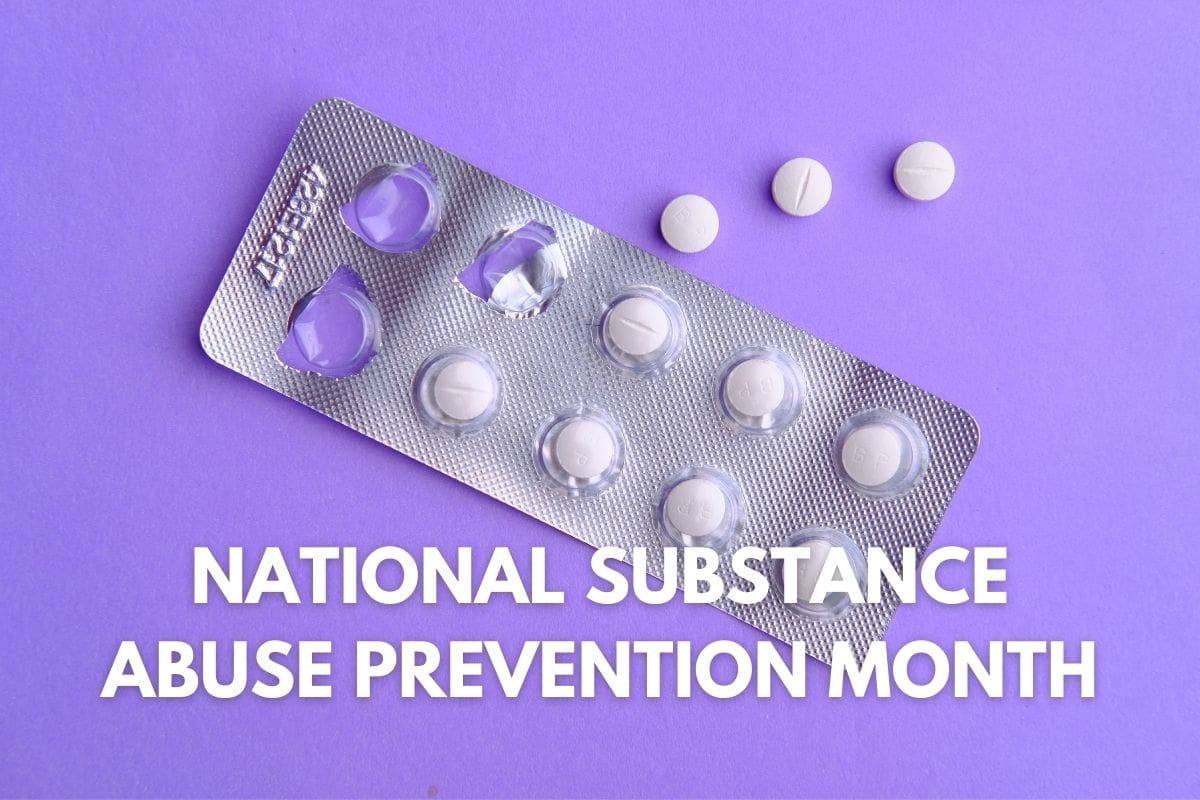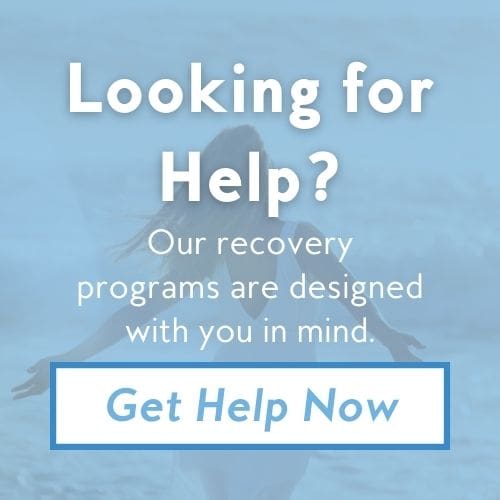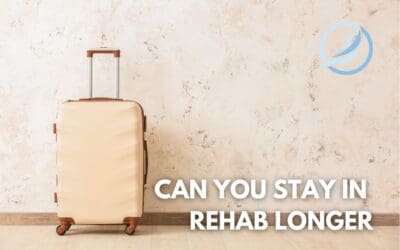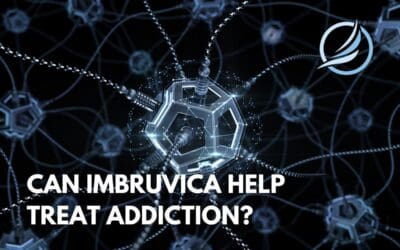October is National Substance Abuse Prevention Month. Established in 2011, this awareness campaign was created to highlight an epidemic within the United States. Since 1999, nearly one million Americans have died from drug overdoses–with a record number of over 93,000 dying in 2020 alone (a 30% increase from the previous year). In the past decade and a half, the percentage of total U.S. deaths caused by overdoses has doubled from 1.9% to 2.8%.
Aside from deaths that are directly attributed to drugs, there are many more that are indirectly related to it (either from violent crimes or health complications). Substance abuse prevention isn’t just a matter of preventing (often illegal) actions for the sake of the law but sheds light on a public health crisis that is tearing its way through communities.
Understanding The Basics of Substance Abuse
Substance abuse prevention is more than telling someone “don’t do drugs”. It’s a complex issue that requires understanding a host of seemingly unrelated factors, and most importantly, doing so with empathy. Regardless of which side you are on (a person who does drugs and is trying to stop, or a concerned person hoping to prevent others from going down that path), here are the fundamental aspects to consider.
- How addiction happens
Substance abuse happens with both legal and illegal drugs (the current drug epidemic is actually being driven by the former in the form of prescription painkillers). Whether or not a person willingly chooses to use a drug, it’s fair to say that addiction was never the intended outcome. In many cases, it’s accidental.
In the case of licit drugs, medications are often underestimated by physicians for their habit-forming potential. Patients that follow dosage instructions to the letter often find themselves inadvertently hooked. In the case of illicit drug users, they too are often the victim of underestimated dangers. Drugs are often contaminated with other chemicals and substances, with as much as 70% of the nation’s drug supply estimated to have been (sometimes unintentionally) laced with the hyper-potent and ultra-addictive opioid, fentanyl.
- Why some turn to drugs in the first place
Both recreational drug abuse or intentional medication misuse can be indicative of a greater, overlying problem. Drug use is most often a symptom of extreme stress (trauma) or mental illness. These underlying conditions can effectively reshape and even rewire the brain, making it respond differently than normal. These abnormalities can cause a person to have a heightened stress response, which in turn can make them more likely to turn to drug use as a means of self-medicating, as well as an increased proclivity to developing a dependence more rapidly. This highlights why an abstinence approach to substance abuse is unlikely to be effective.
- Genetics play a factor
Similarly, substance abuse and addiction can have genetic influences as well. Having a direct family member with a substance abuse problem can increase a person’s likelihood of developing one themselves. Many of the same genes linked to mental illness or a person’s stress handling are hereditary. When dealing with multi-generational instances of drug abuse, a family-based approach might be more effective.
Abstinence Isn’t Everything
In an ideal world, abstinence is the best means of preventing substance abuse. Even a one-time use of a drug could end up permanently rewiring your brain for addiction. Awareness of the potential dangers and long-term side effects of drug abuse is a powerful ally in the fight against drugs. However, that approach does little to help those who are already in the throes of addiction.
Formal addiction treatment at a drug rehab center is one of the best ways to help a person overcome a drug habit. The physical and psychological effects of addiction are dealt with simultaneously, helping to encourage lasting behavioral changes while also seeing them safely through side effects. There are different treatment levels for varying severity of addiction, as well as different types of programs to better meet the needs of individual patients.
Just as the causes behind what drives a person to abuse drugs are vast and varied, so too are the potential ways to get through to a drug abuser. Understanding the why behind their actions can make all the difference in changing the outcome of their futures. Learn more about how The Freedom Center can help individuals recover from substance abuse disorders.


































